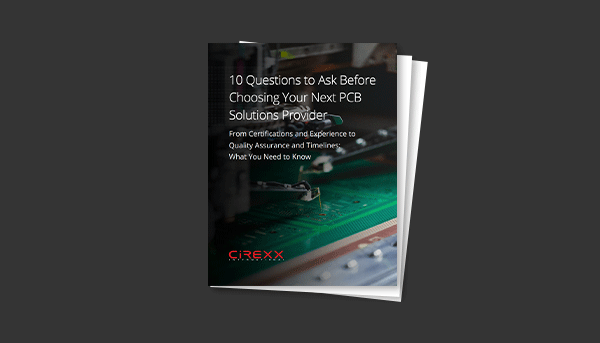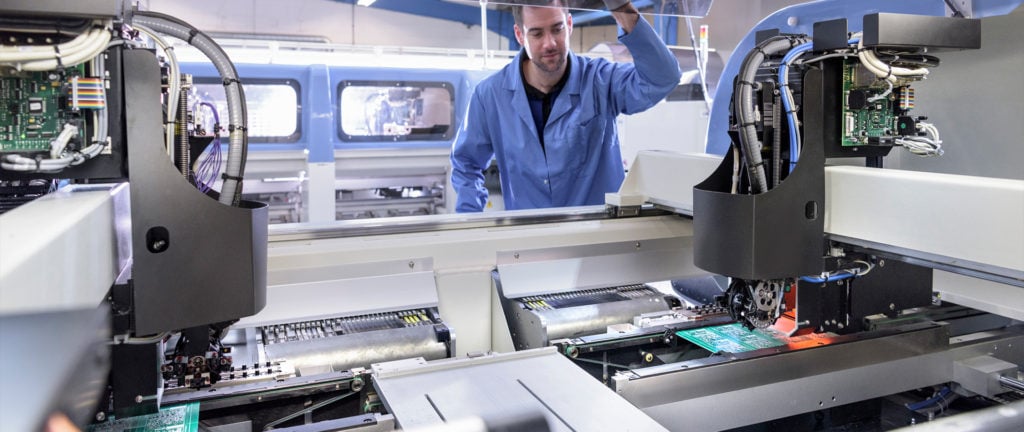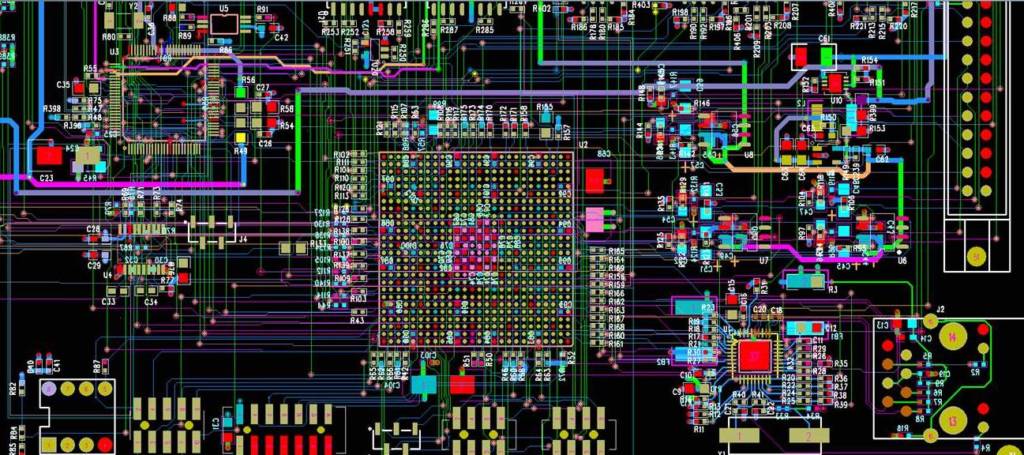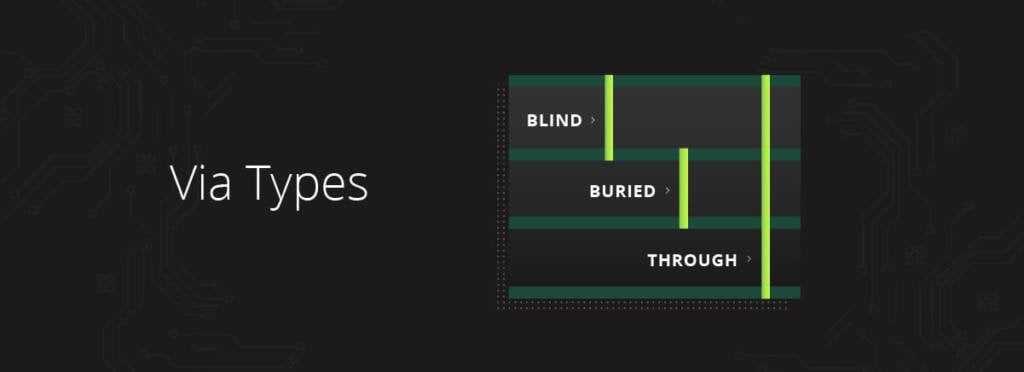Guide to Turn-Key PCB Assembly and Manufacturing
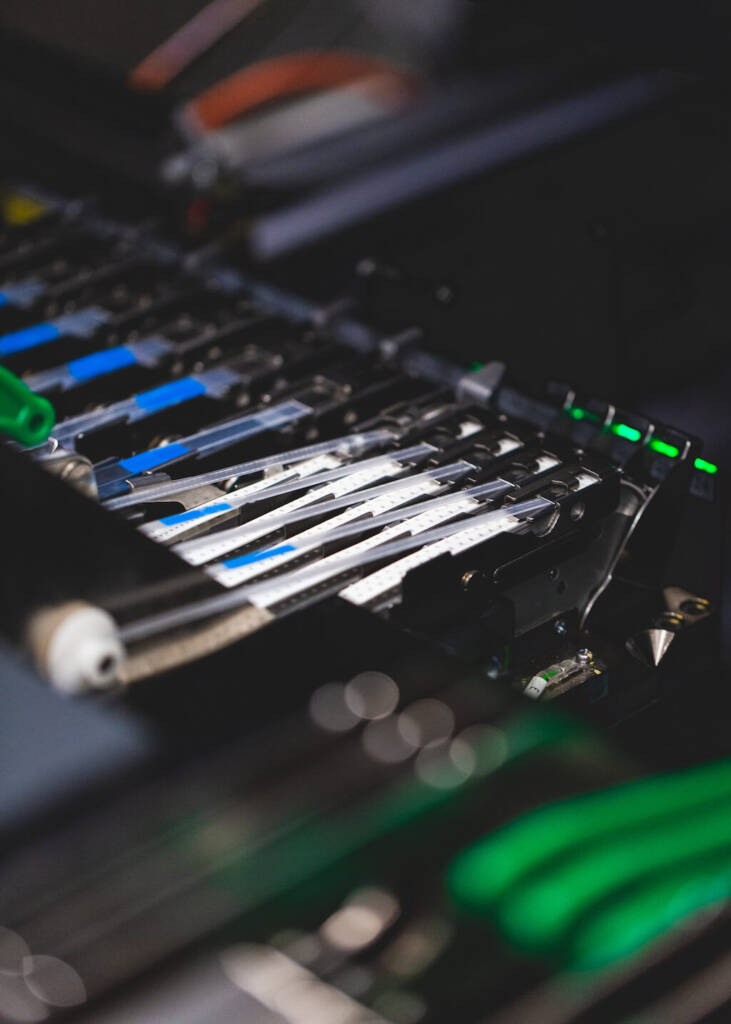
In a world where technology grows more complex by the day, it’s often the small, hidden components that make the biggest differences. When it comes to the electronics industry, one such component is the printed circuit board (PCB). This tiny powerhouse is the foundation of virtually all electronics, serving as the nerve center that directs electrical signals where they need to go.
Yet, as essential as they are, PCBs can be intricate and time-consuming to assemble. This is where turn-key PCB assembly — a service model that streamlines the entire production process — can be a game-changer. By bundling all elements of PCB production, turn-key solutions are reshaping the industry, offering benefits that range from cost savings to reduced time-to-market.
In this guide, we’ll unravel the intricacies of turn-key PCB manufacturing and assembly to help you better understand how this service model can enhance your operational efficiency, reduce PCB costs, and strengthen your competitive standing in today’s dynamic electronics market.
What Is Turn-Key PCB Assembly?
Turn-key PCB assembly refers to a service model where the supplier takes complete responsibility for all aspects of the PCB project. From parts procurement to component assembly, the supplier serves as a one-stop solution, freeing the customer from the complexities of PCB production.
Moreover, many turn-key PCB assembly providers utilize cloud-based software and collaborate with PCB manufacturers to develop printed circuit boards swiftly, effectively, and economically. This allows businesses of all sizes — particularly smaller ones — to benefit from professional, high-quality PCB assembly without the overhead associated with in-house production.
To help you better navigate the world of turn-key PCB assembly, let’s clarify some commonly used terms in the industry:
- Lead times: This term refers to the period from the initiation of a process until its completion. In the context of PCB assembly, it means the time from when an order is placed until the assembled PCBs are ready for shipment. Shorter lead times in turn-key assembly translate to faster time-to-market for your products.
- Bill of materials (BOM): This is a comprehensive list of components, parts, assemblies, and other materials required to assemble a PCB. It also includes the quantities and location of each component.
- Gerber files: Named after the Gerber Scientific Instruments Company, a Gerber file is a standard format used by the PCB assembly industry to set up the programming of the pick and place equipment. The Gerber file has what is labeled the “Paste layer(s)” to identify where the solder paste is to be applied. That same information is also used to make the stencil.
- Surface mount technology (SMT): This is a method for producing electronic circuits where the components are mounted or placed directly onto the surface of PCBs. It contrasts with through-hole technology, where components are fitted with wire leads into holes in the circuit board.
- Printed circuit board assembly (PCBA): This term refers to a PCB that has had all of its components placed and soldered onto it.
- Box build: This refers to the complete assembly of a PCB, including the housing and all of its systems. It often involves routing cables, installing sub-assemblies and components, and even integrating software.
- Consign parts: In some cases, the customer may provide certain components — known as consigned parts — to the assembler to use in the PCB assembly. This is more common in a partial turn-key assembly service.
Let’s break down the process involved in turnkey PCB assembly:
- PCB prototyping: This initial stage is all about creating a model or a sample of the PCB to test its design, functionality, and performance before it goes into production.
- High volume PCBA: Once the prototype has been tested and approved, the assembly of PCBs on a large scale or high volume takes place.
- Box build: This process involves the assembly of the completed PCBs into their final product enclosures, including any additional wiring or cabling.
- Inventory management: As part of a full turn-key PCB assembly solution, the supplier handles inventory control, ensuring all necessary components are available as and when required.
- End-user shipment: The final products are then packed and shipped directly to the end-users or the customer’s desired location.
Benefits of Turn-Key PCB Assembly
Turn-key PCB assembly is a highly-attractive option for businesses seeking to streamline their electronics production process. By offering a one-stop solution, turn-key PCB assembly and manufacturing provide several benefits. Let’s explore these in more detail:
- Cost reduction: With a turn-key assembly solution, businesses can lower overhead costs associated with maintaining in-house assembly equipment and dedicated personnel. Furthermore, a dedicated assembly provider’s efficiency and buying power can often lead to reduced costs for parts and materials.
- Convenient prototyping: Turn-key PCB providers can often rapidly produce prototypes, allowing for early detection and rectification of design flaws. This early intervention can save time and resources in the long run, helping to ensure a smoother transition to full-scale production.
- Flexibility in assembly: Whether it’s adjusting to changes in design or scaling up production volumes to meet increased demand, turn-key solutions offer significant flexibility. This can be a major advantage in the fast-paced electronics industry, where adaptation to change is crucial.
- Efficient time and resource management: By outsourcing the entire assembly process, businesses can redirect their focus toward core competencies, such as research and development or marketing strategies. Also, with the supplier handling everything from procurement to production, businesses can expect faster delivery times, accelerating the time-to-market.
- Reduced administrative burden: A turn-key PCB assembly partner handles all administrative tasks related to the assembly process, such as supplier vetting, quality assurance, and logistics. A reduced administrative load allows businesses to concentrate on innovation and growth.
- Risk mitigation: Turn-key PCB assembly also helps mitigate risk. Your partner assumes responsibility for any problems related to the assembly process, ensuring the finished product meets your specifications. Furthermore, they can often provide warranties or guarantees for their work, giving you added peace of mind.
These benefits make full turn-key PCB assembly a compelling choice for companies of all sizes. In the next section, we’ll look at how to choose between partial and full turn-key assembly services, helping you make an informed decision that best aligns with your business’s needs.
Partial vs. Full Turn-Key PCB Assembly
With turn-key PCB assembly, businesses have two primary options: partial and full turn-key assembly. Understanding the differences between the two can help you make the best decision for your specific needs.
Partial Turn-Key Assembly Pros and Cons
In a partial turn-key assembly setup, the service provider only takes responsibility for certain aspects of the assembly process. The client typically supplies some components, while the assembly provider procures the rest and assembles the PCB. This model enables the original equipment manufacturer (OEM) to maintain control over key parts of the PCB manufacturing process.
The partial turn-key assembly approach may be ideal if you already have a lot of parts on hand and want to save time and money by using them.
Advantages:
- Process control: Partial turn-key allows OEMs to retain control over critical parts of the manufacturing process.
- Cost management: It can be a cost-effective method if a company already has a large inventory of components that can be used in the manufacturing process.
- Component control: Partial turn-key allows you to directly control the quality and sourcing of certain components. If there are specific parts you prefer, or if you’ve managed to source components at a lower cost, partial turn-key allows for these preferences.
- Inventory management: If you have excess inventory of certain components, you can utilize these parts in the assembly process, reducing potential waste and optimizing resource usage.
Challenges:
- Resource intensive: Managing a portion of the process in-house can still require significant capital and increase the company’s liabilities.
- Increased oversight: The onus falls on the company to oversee and manage the quality and supply of the components they provide.
- Coordination complexity: With partial turn-key services, you’ll need to coordinate with the assembly provider about which parts you’ll provide and which they will need to source. This process can sometimes create confusion or delays.
- Quality assurance responsibility: If issues arise related to the components you provided, the responsibility of resolving them and the associated costs typically fall on you. This is not the case in full turn-key assembly, where the assembly provider generally takes responsibility for any component-related issues.
Full Turn-Key PCB Assembly Pros and Cons
Full turn-key PCB assembly, on the other hand, involves the assembly provider handling the entire process. They source all parts, create the circuit order, and assemble the PCB. The client only needs to provide the bill of materials, Gerber files, product dimensions, and packaging and shipping information.
A full turn-key PCB assembly solution may be the right choice if you don’t have parts, don’t know where to order the right parts, or are unsure about the appropriate parts for your PCB.
Advantages:
- Cost and time effectiveness: Full turn-key assembly can save OEMs time and money by outsourcing the entire assembly process.
- Increased focus on core competencies: It enables organizations to focus on their core competencies while the assembly provider handles the manufacturing process.
- Speed to market: The comprehensive nature of full turn-key services can enable products to reach the market faster.
- Streamlined communication: With full turn-key services, you’re dealing with a single entity for the entire assembly process, making communication and coordination simpler and more efficient.
- Expertise in sourcing: Full turn-key providers have vast experience and knowledge in sourcing components and parts, which may lead to better quality and potential cost savings due to their established relationships with suppliers.
- Easier scalability: Full turn-key services make it easier to scale production up or down depending on demand, without needing to manage inventory or logistics directly.
Challenges:
- Less control: Full turn-key means less control over the manufacturing process, as the assembly provider sources all components and manages the assembly.
- Dependence on provider: There’s complete reliance on the assembly provider for the timely sourcing and quality of components.
- Less transparency: With the provider handling all aspects of assembly, there could be less transparency into the process and the specifics of component sourcing.
- Potential for higher costs: While not always the case, some full turn-key services may be more expensive than partial turn-key or consignment, especially if the provider marks up parts or includes additional service fees.
For a quick reference, review the following comparison table:
Service Model |
Partial Turn-Key PCB Assembly |
Full Turn-Key PCB Assembly |
| Definition | Only part of the assembly process is outsourced | The assembly provider manages the entire process |
| Responsibilities | The client supplies some components and the assembly provider procures the rest | The assembly provider sources all parts, creates the circuit order, and assembles the PCB |
| Advantages | Process control, cost management, direct control of component quality, effective inventory management | Cost and time effective, allows focus on core competencies, faster time-to-market, streamlined communication, expertise in sourcing, easier scalability |
| Challenges | Resource intensive, requires more oversight, complexity in coordination, responsibility for provided component issues | Less control, dependence on provider, potential for less transparency, potential for higher costs |
| Ideal Scenario | A company that already has a lot of parts on hand and wants to save time and money | A company that doesn’t have parts, doesn’t know where to order the right parts, or doesn’t even know what the right parts are for the PCB |
Making the Right Turn-Key Decision
With the surge in technological innovation and PCB demand, turn-key assembly — be it partial or full — is a game-changer for many businesses. It’s more than just a process; it’s a strategic choice that can streamline operations, expedite time-to-market, and pivot the financial scales in your favor.
The decision between partial and full turn-key assembly should be made carefully while considering your unique requirements and resources. It’s all about choosing the right solution that aligns with your business goals, capabilities, and future growth.
Ready to make your decision but not sure where to turn next? We’ve created a checklist: 10 Questions to Ask Before Choosing Your Next PCB Solutions Provider to help you effectively evaluate potential providers and choose the one that best fits your needs.
Whether you’re an industry veteran or just starting out, this checklist is a helpful tool in the decision-making process. Download it now to empower yourself with the right questions to ask potential PCB solution providers.

